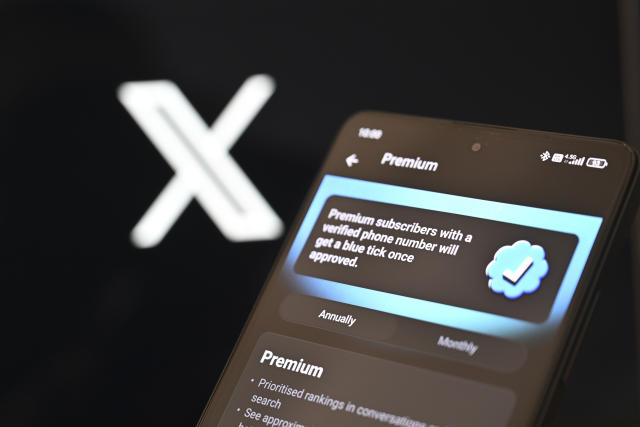Elon Musk’s social platform X, previously known as Twitter, introduced a feature last year allowing paid users to hide their blue checkmarks. However, the company is now reversing course by notifying users that this feature will soon be discontinued.
The timeline for this change remains uncertain, adding to the confusion surrounding the significance of the blue checkmark. This move comes alongside another adjustment: X is expanding blue-check status to more non-paying users based on their number of “blue check” followers.
Previously, a blue checkmark symbolized authenticity and credibility on Twitter, awarded by the platform to distinguish genuine accounts. However, under Elon Musk’s ownership, the checkmarks became a premium feature, available for purchase, diminishing their value as a verification symbol.
Despite the backlash from users who were not proud to pay for such features, the premium tier offered additional benefits like editing capabilities, longer post publishing, and enhanced direct messaging features, including the ability to hide checkmarks.
Amidst these changes, users express concerns about the platform’s trust and safety issues, including impersonation, misinformation, and harassment. Elon’s monetization of the blue checkmark feature has undermined its original purpose in addressing these issues.

X’s handling of blue checkmarks has been inconsistent, with some users retaining verification even without payment. Additionally, the platform now offers blue checkmarks to influential users with a certain number of “verified” followers, further complicating the system.
Related Articles:
- Revolut Launches Machine Learning Technology for Compliance and Sees a 30% Reduction in Card Fraud!
- Massive Tesla Supercharger Site SetSocial Network X to Remove The Ability to Hide Checkmarks for Premium Users to Emerge in Florida
- Digital Envoy Acquires Location Sciences Measurement Technology!
In summary, Social Network X’s decision to remove the ability to hide checkmarks for premium users reflects ongoing changes and challenges in defining the significance of verification symbols on the platform.







+ There are no comments
Add yours